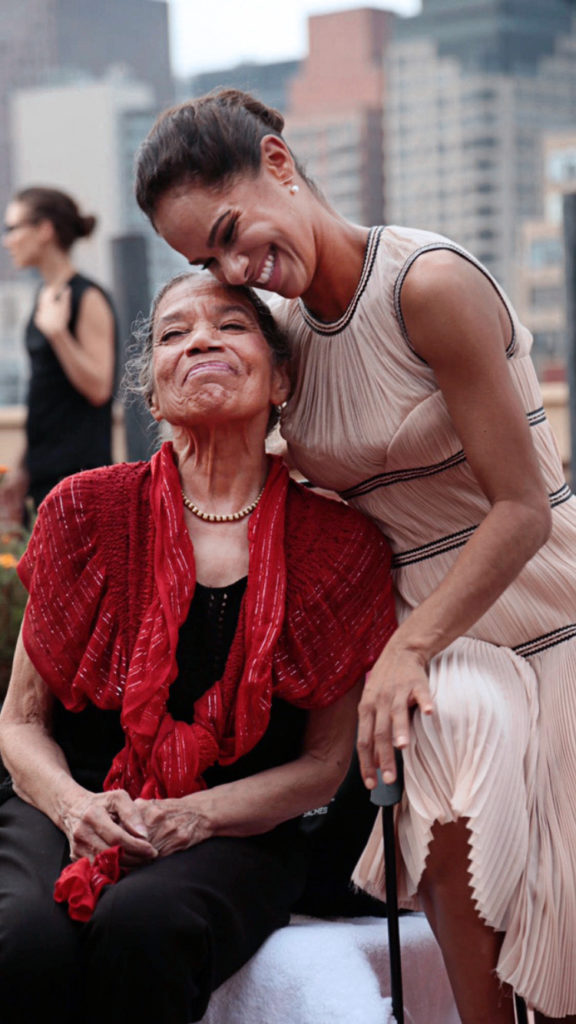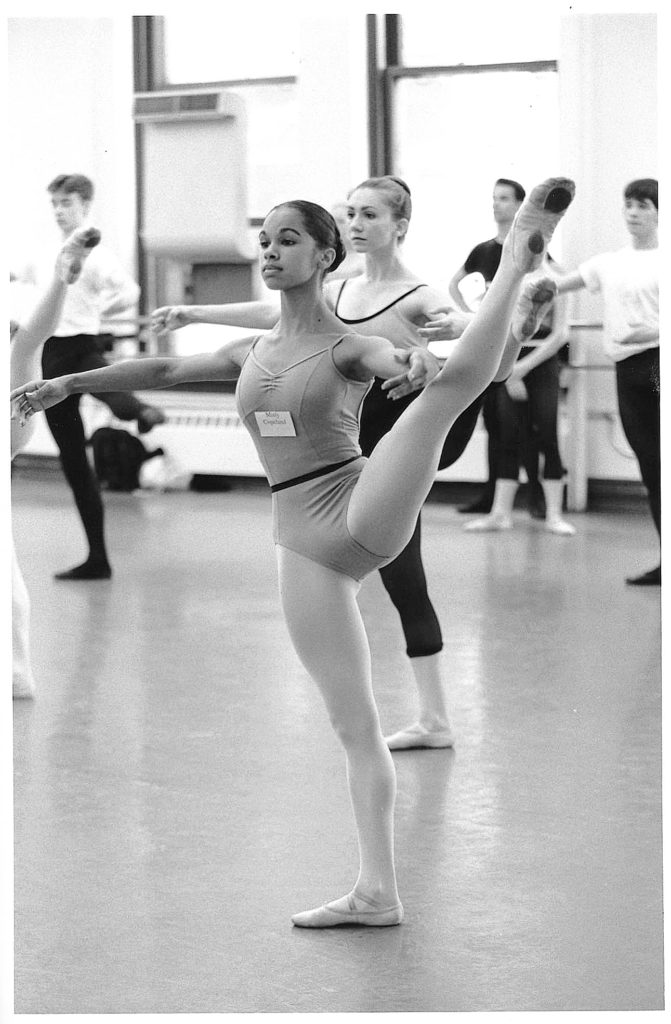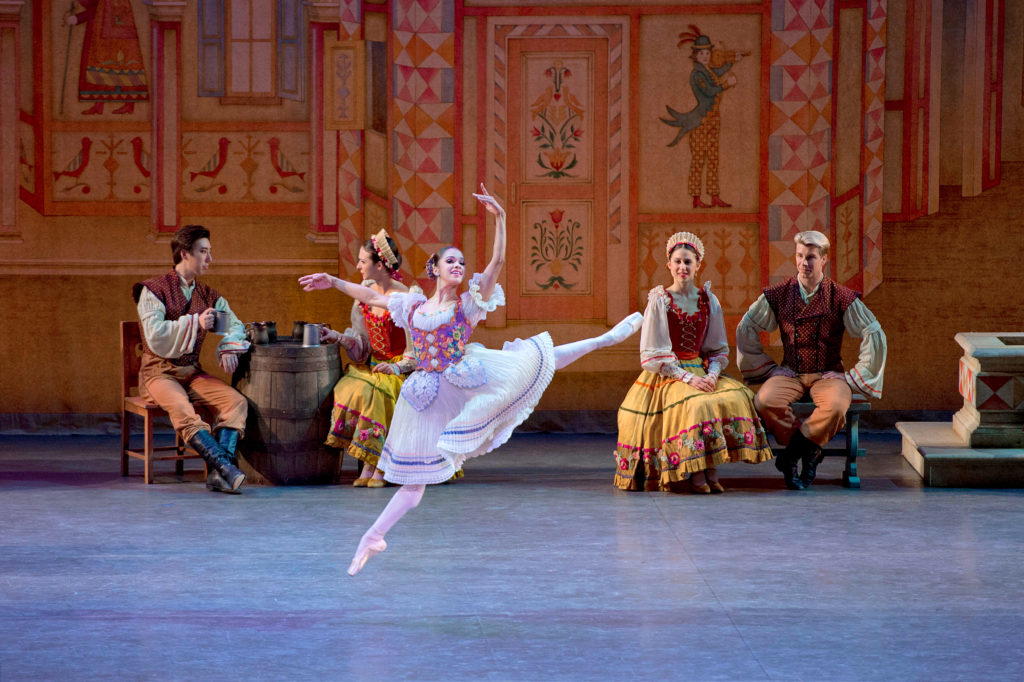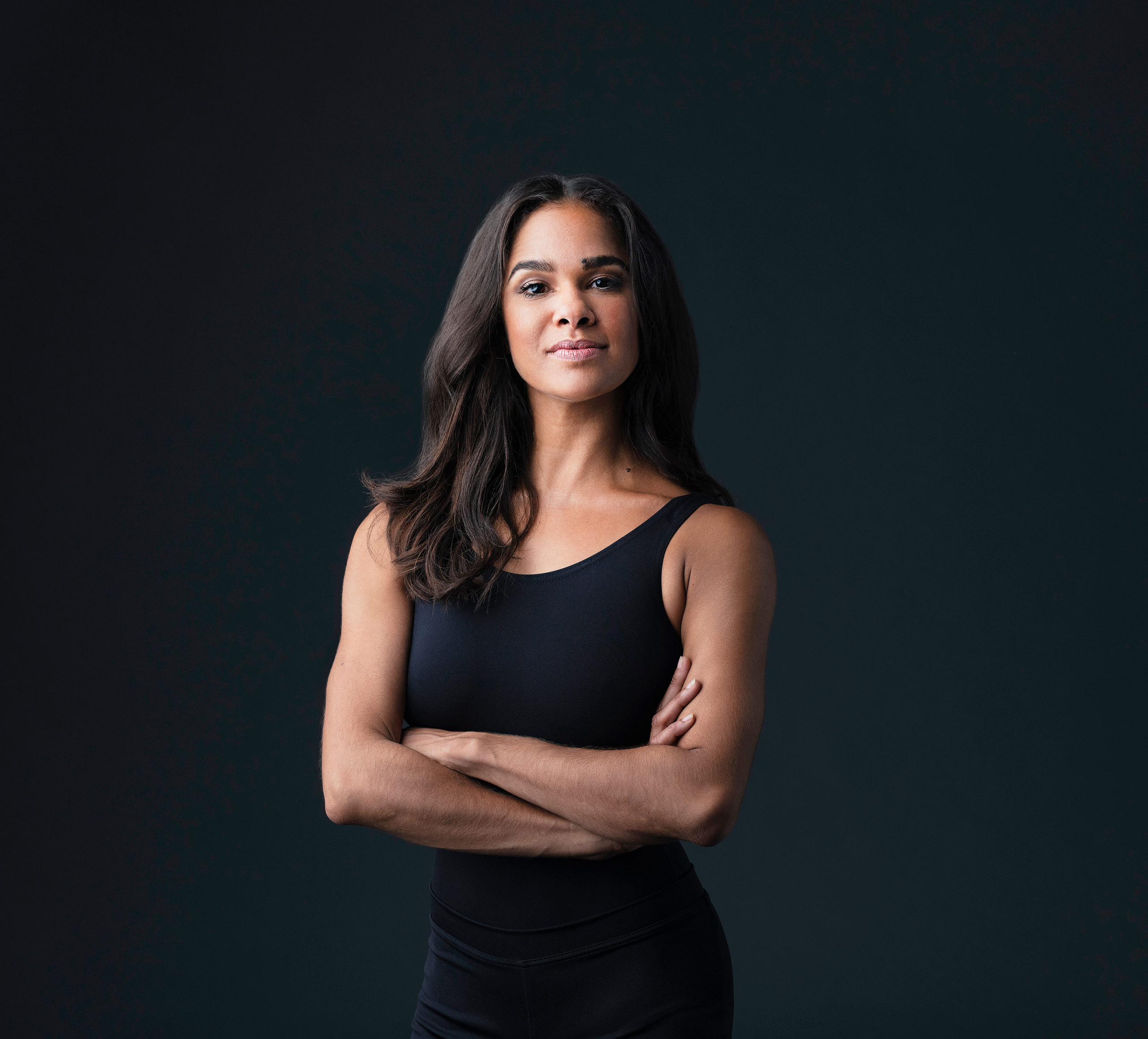Misty Copeland on Her Latest Book, Launching Her Foundation and Motherhood
Misty Copeland is entering a new era. She plans to return to the stage with American Ballet Theatre for the first time in nearly four years this fall, after a pandemic-induced performance hiatus and the birth of her son Jackson last spring. She’s been plenty busy throughout her time offstage. In 2021, she founded The Misty Copeland Foundation, which seeks to increase diversity, equity and inclusion in dance, primarily ballet. This past September, the organization partnered with two New York City–based Boys & Girls Clubs for its first major initiative, an afterschool program titled BE BOLD—Ballet Explorations: Ballet Offers Leadership Development. In November, Copeland published her second memoir, The Wind at My Back, celebrating her late mentor, the pioneering Black ballerina Raven Wilkinson.

In The Wind at My Back, you talk about how Raven Wilkinson had a way of creating a community wherever she went.
The way that she shared stories with me always made me feel like I was a part of this beautiful community—the Black ballerina community, but also just the dance community—in such a loving way. Typically, dancers or former dancers want to tell you everything they see when they come to your performance; Raven was never that way. She wasn’t like, “I noticed this; you should do this or try this differently.” There was something so comforting and familial about our relationship and the energy that she gave to people.
The book illustrates not only the impact of race on a Black ballerina’s life, but also the roles of color and social class, and the privileges and vulnerabilities you each experienced as you found success.
I have to credit Susan Fales-Hill, who co-wrote the book. We spoke a lot about the importance of telling more than one story of what it is to be Black in America. I have a well-known personal story, and I think a lot of people think Black ballet dancers, especially when they start late, experience being on scholarships because they can’t afford to be a part of ballet. That’s not every Black person’s experience. That was not Raven’s experience.
I think it’s important for us to talk about the fact that we all come in different shapes and sizes, with different backgrounds, but that as Black dancers, we often have the same experiences in the ballet world. Raven and I had very similar experiences. And though they happened about 50 years apart, it shows how much work we still have to do within the ballet community.
Where do you want to see The Misty Copeland Foundation and the BE BOLD program go?
When people think about ballet, they don’t often think about the leadership tools that we’re giving to people who are part of it. It shouldn’t just be about competition or reaching the goal of being a professional, but about changing and building new audiences, and educating young people to know that this is a beautiful outlet. It’s something that they can do with their futures. They’ll know this is a space they can exist in.

We’re thinking about new and inventive ways to bring more people into dance, and to really use ballet as a way of social justice and activism.
What has motherhood been like?
Being a mom is the most amazing job I’ve ever had. I feel like a lot of the conversations I had with moms while I was pregnant were preparing me for the worst, and it’s been so much better than all of the stories I’ve heard. I’m excited to get back on the stage with this new life experience.

What else do you plan to bring back with you when you return to the stage?
I feel like I have such a different perspective. The last time I was onstage was December 2019. A lot has happened in the world and in my world. By the time I come back, I’m going to be 41. I’m coming into ABT with a new artistic director, a new executive director and a new generation of dancers, some of whom I’ve never even met in person. We have soloists in the company I’ve never interacted with. It’s amazing, it’s exciting.
I want to perform roles that will challenge me artistically, but I also want to continue to not take away from the dancers who are there. I know what it’s like to be a young, up-and-coming dancer and want to have opportunities. There are principal dancers that have been doing these roles for 20 years, and you’re like, “Can I just have one show?” I want to be a part of the company in a way that I can help lift up the other dancers.




